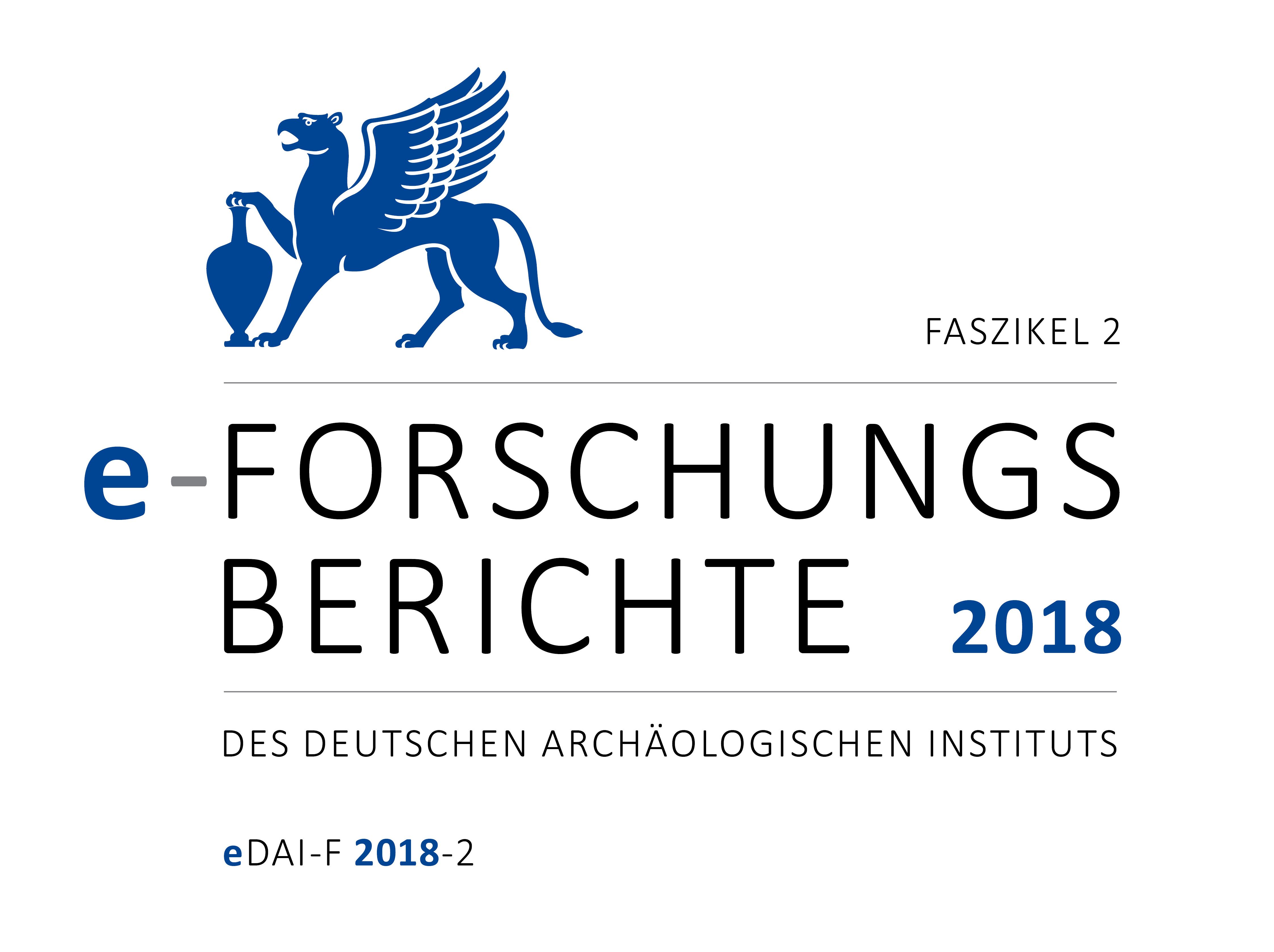Bezirk Charkov, Ukraine. Die Infrastruktur im Gebiet der Dnepr-Severskij Donec-Wasserscheide in spätrömischer Zeit und zu Beginn der Völkerwanderungszeit. Die Arbeiten der Jahre 2017 und 2018
https://doi.org/10.34780/66jf-i126
Abstract
The joint project including scientists from the Ukraine and Germany is devoted to settlement history of the 4th and 5th century AD in the modern district of Kharkiv. Currently the investigations are focused on a region in the vicinity of Voitenki. Surveys during the last two years completed the data base about settlements of the Chernyakhov culture and brought to light a number of unknown settlements along the river Sukhoy Merchik. Now considerations based on facts are possible for the prospected region concerning the density of settlement or the distances between the settlements. Furthermore, least cost paths analyses offer information about the infrastructure. The analyses of ceramics from Voitenki and ten other settlements provide insight into the infrastructure of the region as economic space. The Excellence Cluster TOPOI offered the possibility to use several natural scientific methods (MGR, pXRF, WD-XRF, thin sections) based on the archaeological evaluation of the wheel-thrown pottery. One of the main results is that in Voitenki and the other settlements pottery was largely produced locally. Only few examples indicate that vessels were removed from one settlement to another. As an important part of this project excavations were continued in Voitenki itself. In part B of this settlement the area between pottery kilns has been examined. On the corresponding cemetery previously more than 230 graves had been found.Downloads
Veröffentlicht
2018-11-16
Ausgabe
Rubrik
Artikel
Bibliographische Daten & Rezensionen
Zitationsvorschlag
Schultze, E. (2018) “Bezirk Charkov, Ukraine. Die Infrastruktur im Gebiet der Dnepr-Severskij Donec-Wasserscheide in spätrömischer Zeit und zu Beginn der Völkerwanderungszeit. Die Arbeiten der Jahre 2017 und 2018”, e-Forschungsberichte des DAI, pp. 196–201. doi:10.34780/66jf-i126.





